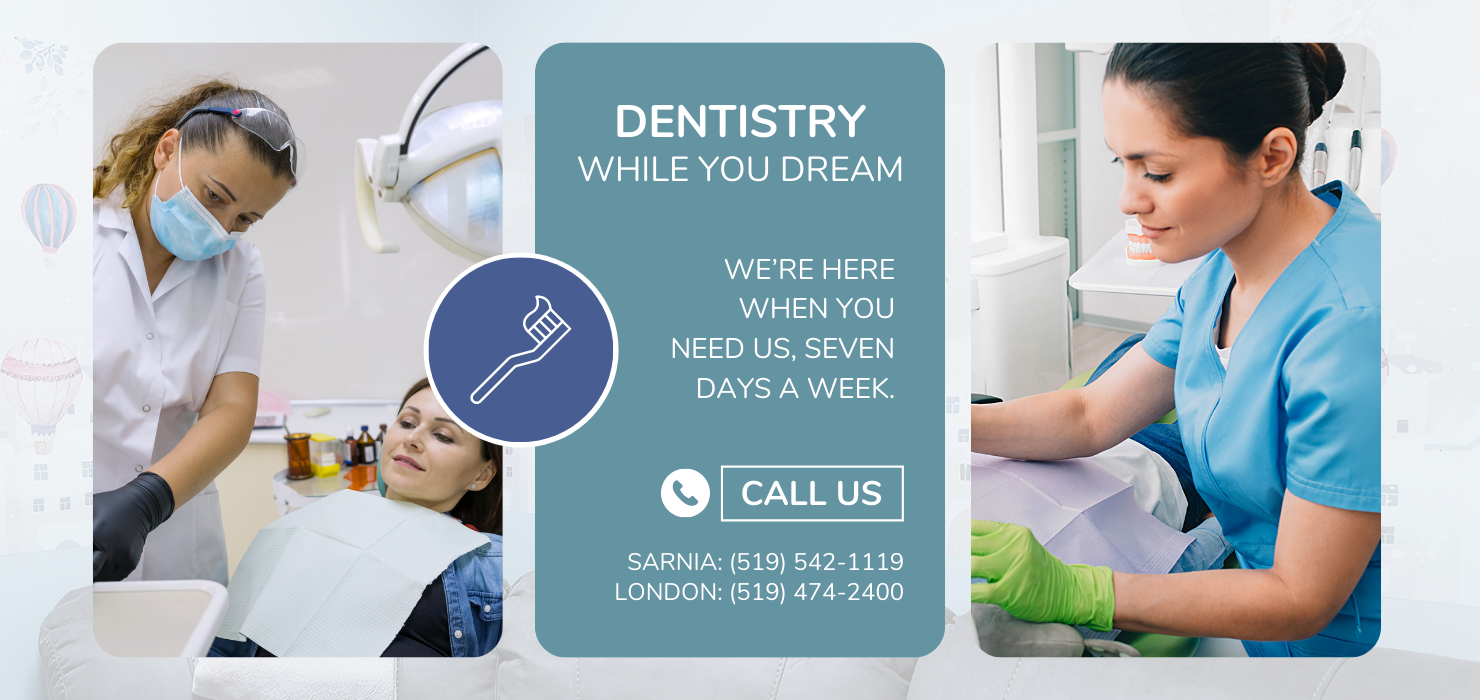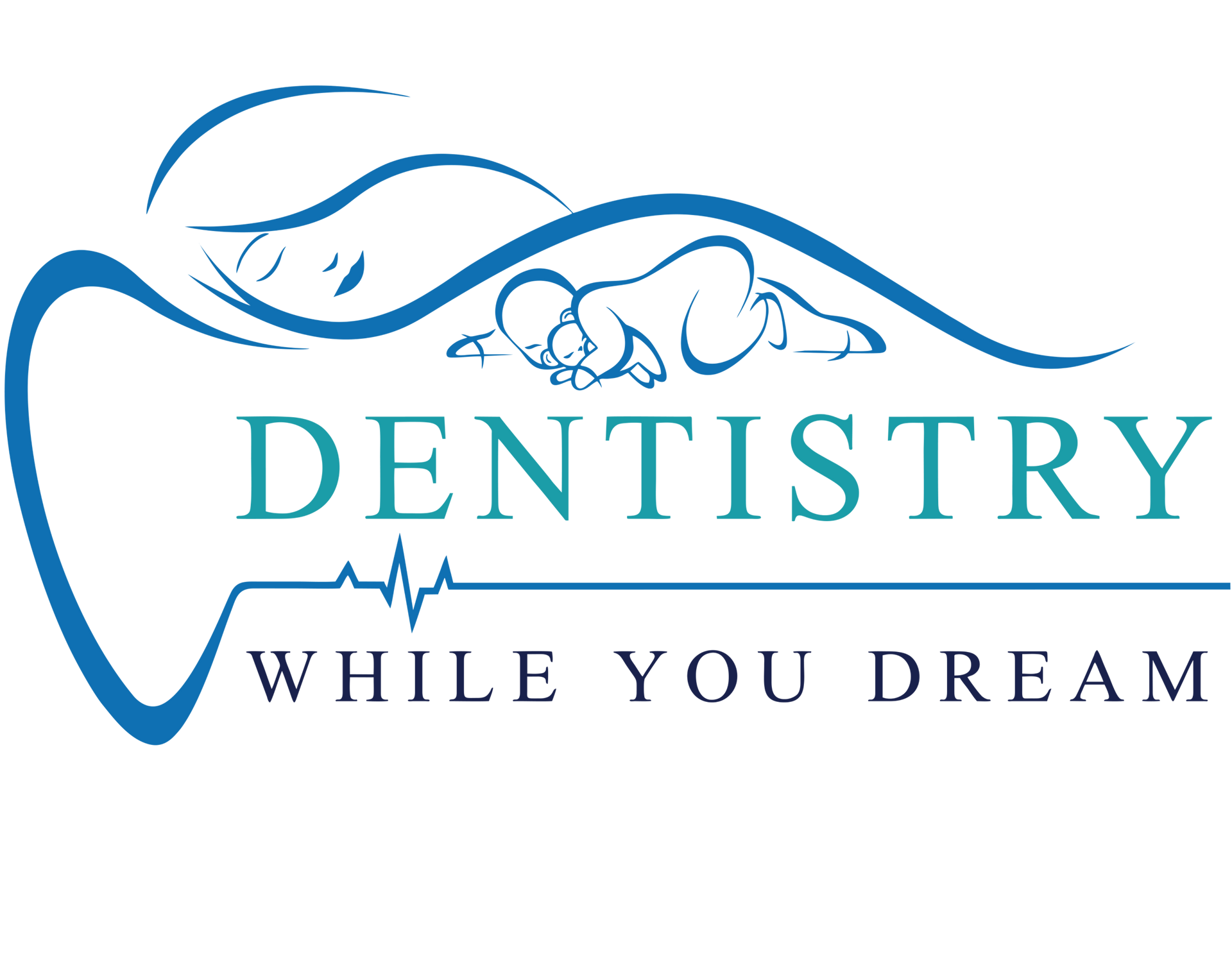Anaesthesia
It is possible to control anxiety and fear by means of behaviour management techniques, however, in many cases medications are required to effectively manage your care.
Although typically procedures are not particularly uncomfortable, almost all procedures in dentistry require the patient to remain still for high quality dentistry to be delivered. Anaesthesia allows you or your child to cope better with dental treatment. This helps us to provide higher quality care, better clinical outcomes, and helps to prevent injury to the patient from uncontrolled or undesirable movements while present for dental care.
Because we offer options from the entire spectrum of anaesthesia, we are able to customize your comfort level and deliver the exact amount of anaesthesia that you or your child requires to ensure maximum safety and also top quality care. We know how stressful it can be to visit a dentist for some patients, and we empathize with this fear and anxiety. Part of the initial consultation will address the specific needs of you or your child, both medically and dentally, and we will customize a solution that fits all your needs.
The effectiveness of any medications used will depend on the specific patient's needs and responses to that medication. For adults, it is customary to insert in IV (intravenous) catheter in the hand once the patient is seated in the treatment room (OR) and begin relaxing the patient with IV medications. For children we have several different modes of medication delivery, the type of medication, and mode of delivery will depend greatly on the level of anxiety of the child and how extensive the required treatment for that child will be, if known.
For the paediatric patient, these are the options available to help sedate the child prior to initiating anesthetic itself:
- Inhalation of an anesthetic gas (commonly used in the hospital setting)
- Drinking a liquid medication or swallowing a pill
- Placement of an IV as with the adult patient and delivering medications via the IV
- Intramuscular injection (the same procedure as when you take your child to your family doctor for any 'shots')
Each of these different techniques has advantages and disadvantages, and part of the initial consultation will involve discussion of which technique will be best for your child.
It is important to note that the technique itself does not lend itself to more or less anesthesia, nor is one technique 'safe'. The amount of medication given dictates the amount of anesthesia that will result, and the safety of any technique is dependent on the training of those providing the technique.
Anaesthesia for the Adult:
There are many options available for delivery of an anesthetic for the adult patient, and as always, safety is the main concern. Depending on the level of anxiety, we may provide you with some pills to swallow prior to your appointment, and allow you time in our reception area to relax before proceeding to the treatment area (OR). We will discuss this with you prior to your day of surgery. Your anesthetic will be customized to keep you comfortable. Many patients are concerned that they may remember the experience, and just as in any anesthetic, it is always possible to recall events while asleep or sedated. Despite this fact, it is very rare for you to remember the experience while under anesthesia, and our empathetic staff are always present to ensure you are comfortable and safe. After your dental treatment is complete, your nurse will remain with you in the OR until you have recovered and are ready to go home with your chosen escort for the day.
Anaesthesia for the Child:
Because most children are unable or unwilling to sit still for multiple trips to the dentist due to extensive treatment needs, it is advisable to use an anaesthetic to eliminate awareness, movement and discomfort during dental treatment. This is the same as what is typically done for an operation in the hospital. As with adults, it may be necessary to sedate your child prior to entering the OR itself, as your child may be very anxious, uncooperative or be quite young. To help the parent on the day of the procedure, and to help the child relax, it is common to provide medication via an IM injection, similarly to when your child receives 'shots' at the family doctor's office, to allow the child to relax in the parent's arms while under the close supervision of our trained RNs and Dr. Eickmeier.
As the child drifts off asleep, you may notice differences from normal sleep at home such as:
- The child may snore or breath heavier
- The child's eyes may remain partially open
- The child's body will be quite limp and in a relaxed state (preferable)
- Uncontrolled movement of limbs of the child may occur, and while they appear discomforting to the parent, this is normal, and the child will not have any memory of this event.
All of these events are normal during this phase of anesthesia.
Safety First:
Because our facility is devoted to the safe treatment of our patients while asleep, the entire facility is specialized with the safety of the patient in mind while undergoing an anesthetic. From the initial consultation, to the day of surgery, to the recovery of the patient, our staff, equipment and office is specialized to ensure the safe delivery of anesthesia is always the top priority. Because the office and staff are designed and focused on anesthesia and careful treatment of the fearful dental patient, we are ideally suited to delivery of anesthesia for your dental needs. Every treatment plan for you or your child takes into consideration all aspects of your dental risk of decay, your medical needs and the need to restore your pride in your smile, under the safest possible conditions.



